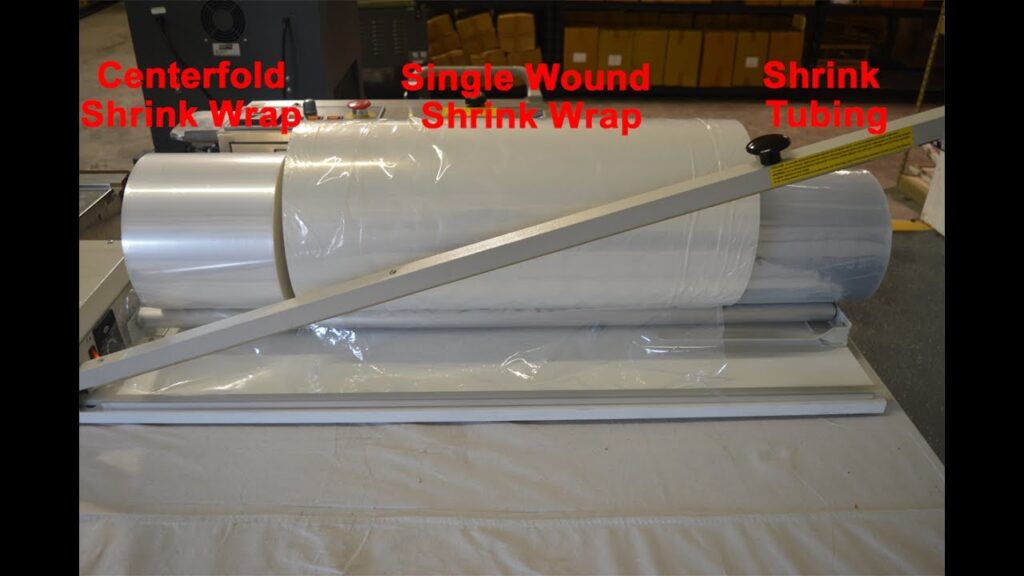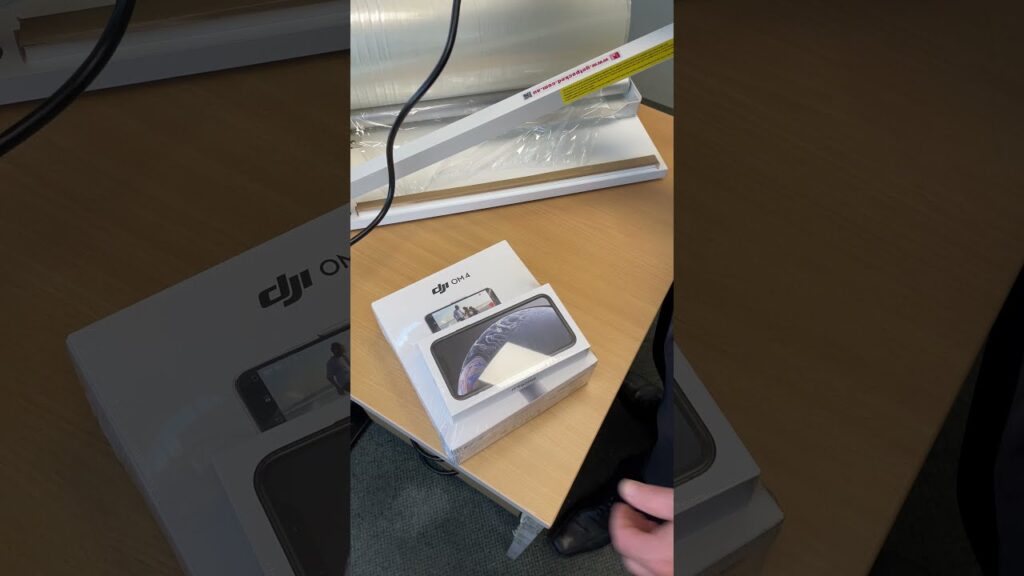Understanding the Difference Between Centerfold Shrink Wrap, Single Wound Shrink Film, and Shrink Tubing
Shrink wrap is a commonly used packaging material that provides a protective covering for various products. When it comes to selecting the right type of shrink wrap for your needs, it is important to understand the differences between centerfold shrink wrap, single wound shrink film, and shrink tubing. Each form of shrink wrap offers unique characteristics that make it suitable for specific applications. In this article, we will delve into the details of these three types of shrink wrap and explore their uses and benefits.
**Centerfold Shrink Wrap**
Centerfold shrink wrap refers to a type of shrink wrap film that is folded in half with a sealed seam on one side. This configuration creates a handy "pocket" that is perfect for packaging and protecting items of various sizes and shapes. One of the main advantages of centerfold shrink wrap is its versatility. It is suitable for both manual and automated packaging processes and can be used with a plastic shrink wrap machine.
To use centerfold shrink wrap, the user simply lays the item to be wrapped in the center of the folded film and then seals the open edges. Once the open edges are sealed, heat is applied to the film, causing it to shrink and tightly conform to the shape of the item. This results in a secure and professional-looking package.
**Single Wound Shrink Film**
Single wound shrink film, on the other hand, comes in a flat, unfolded roll. It does not have the convenient pocket-like configuration of centerfold shrink wrap. Instead, it requires a sealing mechanism to create a package. Single wound shrink film is often used in industrial and high-speed packaging operations and is compatible with plastic shrink wrap machines.
To use single wound shrink film, the packaging process typically involves feeding the loose end of the film into the sealing mechanism of the shrink wrap machine. The machine seals the open edges together to form a tubular package. Heat is then applied to shrink the film tightly around the product, providing protection and containment.
**Shrink Tubing**
Shrink tubing, as the name suggests, is a type of shrink wrap that comes in the form of a tube. Shrink tubing offers excellent versatility and is commonly used for electrical and insulation purposes. It is also widely used in the printing industry to protect and enhance the appearance of labels, sleeves, and other printed materials.
The process of using shrink tubing involves sliding the tube over the object to be wrapped and then applying heat to shrink the tube tightly around the object. The heat activates the shrink properties of the tubing, forming a protective and visually appealing covering.
**Choosing the Right Shrink Wrap for Your Needs**
The selection of the appropriate shrink wrap depends on various factors, including the size and shape of the item to be wrapped, the packaging process, and the intended use of the packaged product. Here are some key considerations to keep in mind when choosing between centerfold shrink wrap, single wound shrink film, and shrink tubing:
1. Packaging Equipment: Centerfold shrink wrap and single wound shrink film are commonly used with plastic shrink wrap machines, making them ideal choices for automated packaging processes. Shrink tubing, on the other hand, can be applied manually or with the use of specialized equipment.
2. Item Size and Shape: Centerfold shrink wrap is well-suited for packaging items of different shapes and sizes due to its flexible, pocket-like configuration. Single wound shrink film can also accommodate a wide range of products, but it requires a sealing mechanism to create the package. Shrink tubing offers excellent flexibility and can conform to irregular shapes with ease.
3. Protection and Containment: All three types of shrink wrap provide a level of protection and containment for packaged goods. However, centerfold shrink wrap and single wound shrink film offer better resistance to dust, moisture, and tampering compared to shrink tubing.
4. Labeling and Display: If you require printed labels or customized sleeves for your products, shrink tubing is the recommended choice. It allows for high-quality printing and enhances the visual appeal of the packaged items.
In conclusion, the choice between centerfold shrink wrap, single wound shrink film, and shrink tubing depends on factors such as packaging equipment, item size and shape, protection requirements, and labeling needs. Understanding the characteristics and benefits of each type of shrink wrap allows you to make an informed decision and ensure the safe and attractive packaging of your products. Whether you opt for centerfold shrink wrap, single wound shrink film, or shrink tubing, a plastic shrink wrap machine will prove to be a valuable asset in streamlining your packaging operations and delivering a professional end result.
Shrinking Machine
"Understanding the Differences: Comparing Centerfold, Single Wound, Shrink Tubing, and Plastic Shrink Wrap Machines"


